More ways to manage energy & save money: Watt Diet Retrofit Smart Thermostats Circuit Splitters Smart Panels Meter Collar Adapters
Avoiding electric panel upgrades
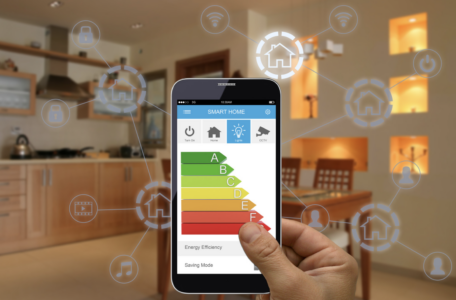
Reduce energy use. Maximize comfort. Save money and effort with these smart strategies and devices that direct where electricity should flow and when. And avoid a panel upgrade.
Did an installer say your panel needs to be upgraded to 200 Amps? Read this before you get an upgrade. If you currently have at least 100 Amps, there may be ways to to avoid this expense. Panel upgrades can run $3,000-$5,000 and may trigger the need for an even more expensive service upgrade (utility bringing larger wires to your house) costing anywhere from $2,000 to $30,000 and taking two months to two years.
Understanding your home’s electrical system. Adding more electric appliances may require upgrading your electric panel, or breaker box, to accommodate more current, especially if you live in a house built before 2000 or have a panel that supports less than 100 Amps.
Some appliances may also require upgrading wiring for dedicated 240 volt outlets. Anticipating all the possible electric work and consolidating it in one electrician visit will save money.
But if you have at least 100 Amps, it is worth looking into alternatives to panel upgrades. Studies have shown that most homes use less than 80 Amps at any one time.
How do I find my electric panel current capacity?
If any of the slots are not labelled, turn them off individually for a while to discover if they are powering anything. Think about equipment you might use in another season or time of day. Empty breakers mean there is enough physical space in your panel to add new loads.
If your panel is full, consider these steps:
-
- Fully weatherize your residence to conserve energy and lower the size and power draw of subsequent installs such as heat pumps,
- Ask an electrician if installing a subpanel, circuit sharer or other load management devices is possible. Smart panels are ideal for load shifting, but they are still fairly expensive.
- If your contractor doesn’t think this is possible, Electrify Now suggests getting a second opinion.
- Choose lower-power appliances (The Watt Diet).
-
- If you do have to upgrade your panel there are federal tax credits and rebates for panel upgrades, federal rebates for wiring upgrades, and state credits for panel upgrades that make a building EV ready. Federal incentives require an upgrade to 200 Amps. New Mexico’s IRA Rebate programs will install smart panels.
- Great resources: Check out Redwood Energy’s guide, and Canary Media articles on strategies for avoiding panel upgrades and understanding your electrical panel. Also, Rewiring America’s Circuit Breakers: Debunking Electrification myths.
Design: The Watt Diet Retrofit

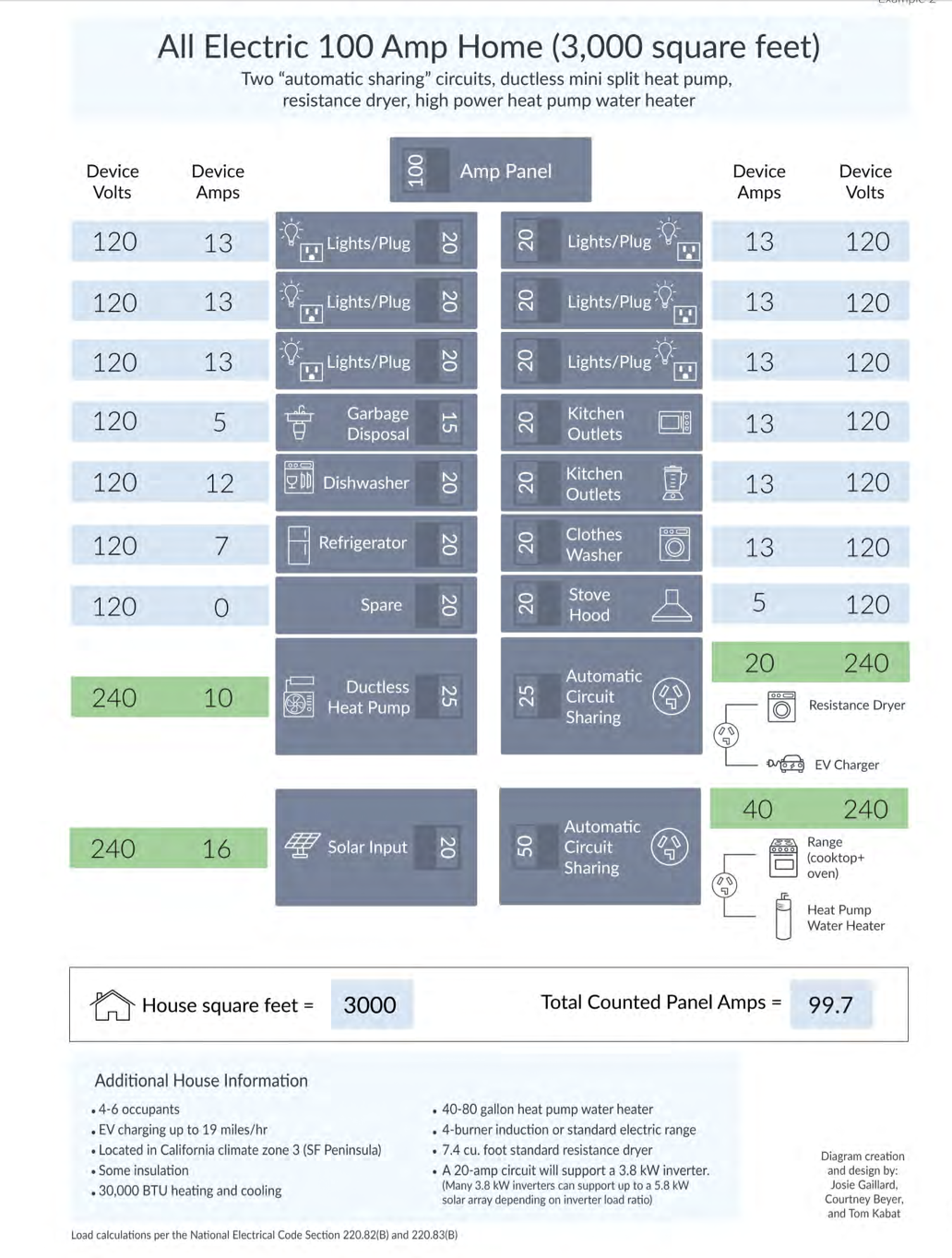 Redwood Energy has a free 2022 guide and 30-minute video outlining how to retrofit a single family home for electrification, following the National Electric Code (NEC) without having to shell out for a costly electrical panel upgrade. They call this the Watt Diet, and they give an example of a 2,000 square foot all-electric 100-amp house in northern California, but they say it would work with larger houses and colder climates. They have a downloadable, Excel-based Watt Diet Calculator that uses information about your home and its location to estimate its power and NEC requirements, a selection of appliances, and circuit sharing devices capable of pausing some devices such as EV chargers to design a system compatible with your existing electric panel.
Redwood Energy has a free 2022 guide and 30-minute video outlining how to retrofit a single family home for electrification, following the National Electric Code (NEC) without having to shell out for a costly electrical panel upgrade. They call this the Watt Diet, and they give an example of a 2,000 square foot all-electric 100-amp house in northern California, but they say it would work with larger houses and colder climates. They have a downloadable, Excel-based Watt Diet Calculator that uses information about your home and its location to estimate its power and NEC requirements, a selection of appliances, and circuit sharing devices capable of pausing some devices such as EV chargers to design a system compatible with your existing electric panel.
Device: Smart Circuit Splitters
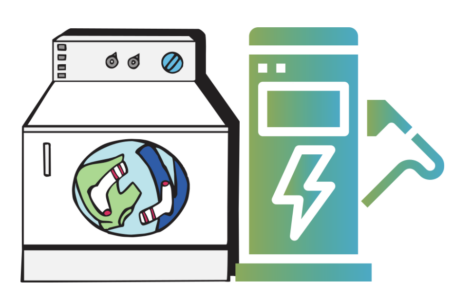 You’ve just purchased your first electric car, and you are eager to charge it at home. But when you hear how expensive it is to install a dedicated 240 volt line and panel upgrade for a Level 2 charger in your garage, your heart sinks. If the Inflation Reduction Act and other financial incentives don’t work for you (or your landlord), check out a circuit splitter. If there is an existing 30-amp, 240 volt outlet for your electric clothes dryer in your garage or nearby utility room, you are in luck. Your EV and dryer can’t use the same circuit at the same time, but a circuit splitter orchestrates which appliance gets the power. If your electrician is wary of circuit splitters for safety reasons, ask about a subpanel. Examples of circuit sharing devices: Simple Switch, Dryer Buddy, and NeoCharge.
You’ve just purchased your first electric car, and you are eager to charge it at home. But when you hear how expensive it is to install a dedicated 240 volt line and panel upgrade for a Level 2 charger in your garage, your heart sinks. If the Inflation Reduction Act and other financial incentives don’t work for you (or your landlord), check out a circuit splitter. If there is an existing 30-amp, 240 volt outlet for your electric clothes dryer in your garage or nearby utility room, you are in luck. Your EV and dryer can’t use the same circuit at the same time, but a circuit splitter orchestrates which appliance gets the power. If your electrician is wary of circuit splitters for safety reasons, ask about a subpanel. Examples of circuit sharing devices: Simple Switch, Dryer Buddy, and NeoCharge.
More information:
- Electrek Article 240V smart splitter allows extra EV charging without expensive wiring Sept 2022
- Redwood Energy (see also p. 32 for an example of using a splitter for an induction cooktop to share a circuit with a heat pump water heater).
Device: Smart Panels
 A smart panel can coordinate when different appliances turn on, when electric cars and home batteries charge and discharge and where rooftop solar electricity is directed. It replaces the traditional circuit breaker box or electrical panel. At a simple level it might pause EV charging in order to turn on the clothes dryer or delay a dishwasher run to avoid expensive time-of-use utility rates. During a power outage, it could prioritize essential electricity needs, turn off individual unneeded circuits and optimize the use of solar, storage or EV batteries. According to one company these panels qualify for the Federal (25 D) 30% of equipment and installation costs Solar Tax Credit (when the panel is installed with solar), (25C) IRA tax credit ($600 max) if the panel is upgraded in conjunction with heat pump or heat pump water heater and the IRA HEEHRA point-of-sale rebates for low- and moderate-income households up to $4,000.
A smart panel can coordinate when different appliances turn on, when electric cars and home batteries charge and discharge and where rooftop solar electricity is directed. It replaces the traditional circuit breaker box or electrical panel. At a simple level it might pause EV charging in order to turn on the clothes dryer or delay a dishwasher run to avoid expensive time-of-use utility rates. During a power outage, it could prioritize essential electricity needs, turn off individual unneeded circuits and optimize the use of solar, storage or EV batteries. According to one company these panels qualify for the Federal (25 D) 30% of equipment and installation costs Solar Tax Credit (when the panel is installed with solar), (25C) IRA tax credit ($600 max) if the panel is upgraded in conjunction with heat pump or heat pump water heater and the IRA HEEHRA point-of-sale rebates for low- and moderate-income households up to $4,000.
Cool Davis.org: How Smart Electrical Panels Manage Loads Possibly Avoiding the Need for Upgrades (photo from this blog).
Device: Smart Thermostats
Thermostats are more sensitive to temperature fluctuations than we are and can save money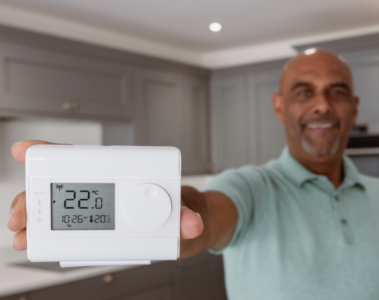 by fine-tuning your home’s energy consumption. Choose one that is compatible with your heat pump or other heating system (see if you can get one from the same company). To avoid wasting energy with a heat pump, set the smart thermostat so that the temperature settings do not fluctuate more than four degrees. If your smart thermostat is WIFI-enabled, make sure close enough to be continuously connected.
by fine-tuning your home’s energy consumption. Choose one that is compatible with your heat pump or other heating system (see if you can get one from the same company). To avoid wasting energy with a heat pump, set the smart thermostat so that the temperature settings do not fluctuate more than four degrees. If your smart thermostat is WIFI-enabled, make sure close enough to be continuously connected.
ENERGY STAR Smart Thermostats
Most electricity providers offer rebates or sales on smart thermostats: El Paso Electric, Xcel, PNM, and NM electric coops. Some providers also offer discounts attached to consumption reduction for enrollment in their thermostat programs.
Device: Meter Collar Adapters for Solar
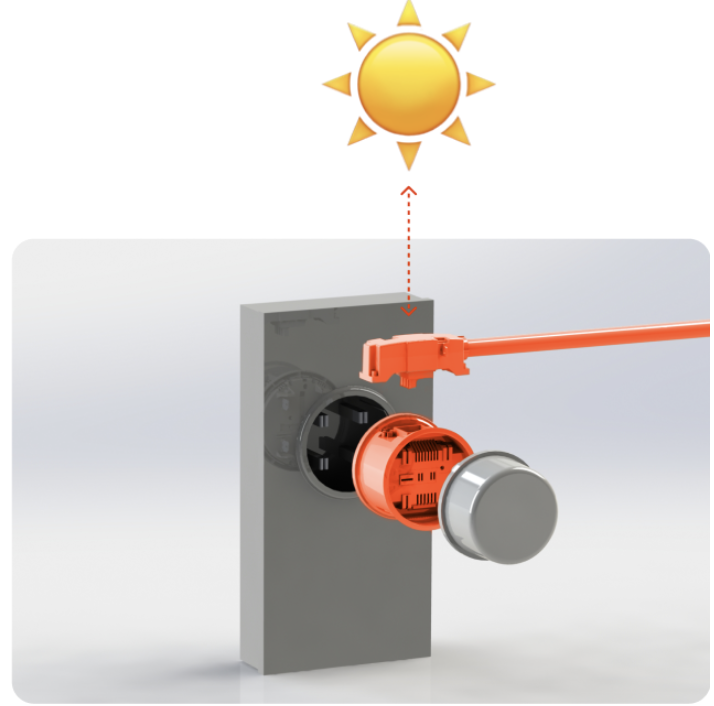 These easy-to-install adapters, save time and money by avoiding extensive electrical panel work for solar panels. According to the company, ConnectDER meter socket adapters take about an hour for a licensed electrician or participating utility meter technician to install between the meter socket and utility meter, enabling easier solar interconnection. With Siemens, they are expanding into plug-in adapters for EV Chargers as well, reducing EV charger installation costs by 60-80%. The meter collar adapters are installed between your meter and the meter socket. Unfortunately, they are not available in New Mexico yet.
These easy-to-install adapters, save time and money by avoiding extensive electrical panel work for solar panels. According to the company, ConnectDER meter socket adapters take about an hour for a licensed electrician or participating utility meter technician to install between the meter socket and utility meter, enabling easier solar interconnection. With Siemens, they are expanding into plug-in adapters for EV Chargers as well, reducing EV charger installation costs by 60-80%. The meter collar adapters are installed between your meter and the meter socket. Unfortunately, they are not available in New Mexico yet.

